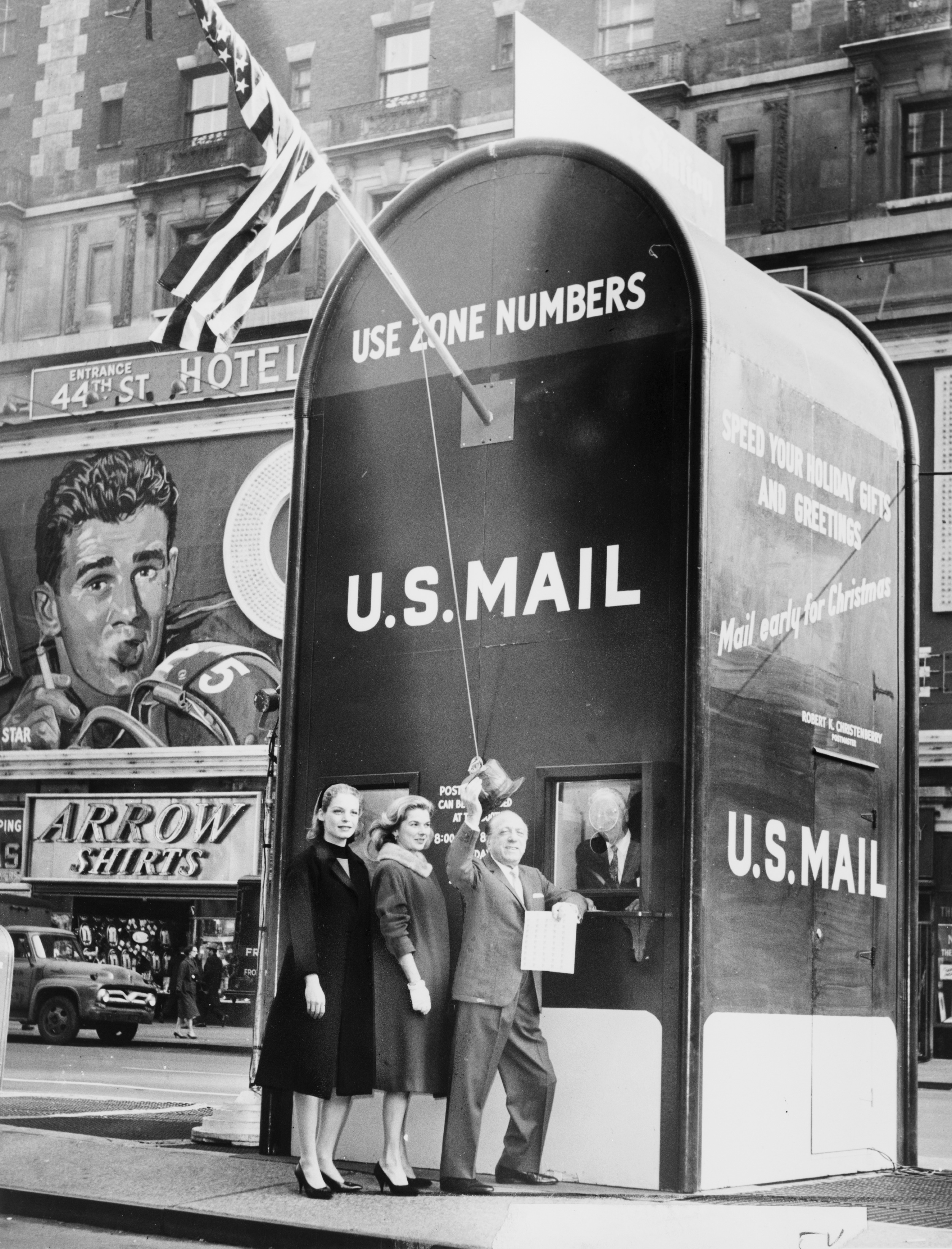From “The Postal Service’s 30-Year Relationship with Email,” Jimmy Daly’s Fedtech article about the USPS’s tortured history with the technology that ultimately undid it:
“The Post Office Flirted with Email in 1982
In our ‘History of Email in the Federal Government,’ we noted that the USPS actually made a real effort at tackling email in the late 1970s and early 1980s: ‘Known as E-COM, the program allowed users to send electronic mail to a post office branch. From there, it was printed and hand-delivered.’ The system was active from 1982 to 1985, but it faced hurdles from the beginning. The Justice Department was concerned that the E-COM program violated antitrust laws, leading potential customers to believe the service would be short lived. Federal laws prevented the USPS from subsidizing the cost of services with funds from other services, making the program too expensive to gain traction. In addition, there was a 200-message minimum on each transaction, and letters could be no longer than two pages.
The initiative was far from profitable. In 1985, the Cato Institute reported that ‘the service charged 26 [cents] a letter and lost $5.25 a letter.’ Still, the postal service knew that prices had to be low in order to compete. The Postal Rate Commission, a federal regulatory agency, refused to lower rates and effectively ‘priced E-COM out the market,’ according to the USPS. The OTA’s report suggested that the ‘communications marketplace will significantly affect USPS finances, service levels, and labor force requirements’ and that it would be ‘prudent for Congress and USPS to address these issues aggressively.’ Despite growing volume and evidence of the rise of electronic communication, the program was discontinued in 1985.”
Tags: Jimmy Daly

